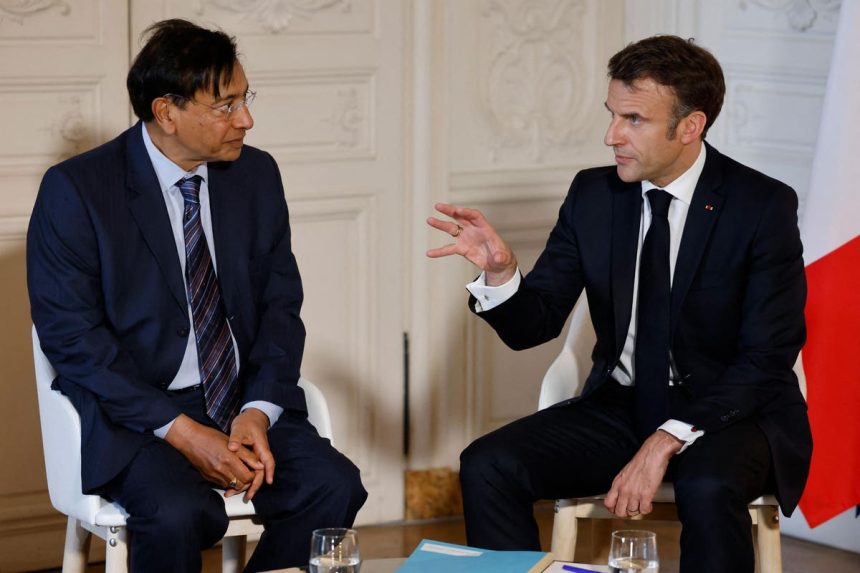ArcelorMittal has declined by about 3% this year, underperforming the broader indices amid mixed performance of the steel sector. Steel prices have softened a bit this year, amid easing supply chain issues and lower commodity price inflation following the Fed’s rate hikes over the past year. Moreover, the company’s Q2 2023 results were weaker than expected as the company witnessed price erosion and weaker year-over-year shipments. Revenues were down by 16% year-over-year to $18.6 billion, with earnings coming in at $2.21 per share, down from $4.25 per share in the year-ago quarter. The company’s average steel price realizations were down by about 16% and shipments were down by 1.7% due to outages in France and Spain.
Interestingly, ArcelorMittal has had a Sharpe Ratio of 0.2 since early 2017, behind the 0.6 for the S&P 500 Index over the same period. This compares with the Sharpe of 1.3 for the Trefis Reinforced Value portfolio. Sharpe is a measure of return per unit of risk, and high-performance portfolios can provide the best of both worlds.
The near-term outlook for the company looks tough. Firstly, ArcelorMittal expects global steel shipments, excluding China, to rise by 1% to 2%, down from its previous estimate of 2% to 3%. This is due to high interest rates in the U.S., and weaker-than-expected constriction activity in Europe. Things are expected to remain tough in China, despite the economic reopening, given the uncertainty in the real estate market, with the company projecting that steel consumption in the region remains roughly flat year-over-year. Steel prices are likely to remain below average levels seen in early 2022 when the start of the Ukraine war bolstered prices, but there are some trends that could help ArcelorMittal. Demand in the U.S. could pick up driven in part by the green energy transition and the Inflation Reduction Act, which earmarks considerable benefits towards renewables. Moreover, Automotive sales are also likely to pick up, driven by higher semiconductor supply and this could also benefit ArcelorMittal’s flat-rolled product line. Production costs are likely to trend a bit lower, as energy prices cool off, particularly in Europe, with natural gas prices coming in at around pre-Ukraine war levels.
We remain positive on ArcelorMittal stock with a $32 price estimate, which is 24% ahead of the current market price. The company has cut its debt, with net debt declining from about $10 billion in 2018 to about $4.5 billion at the end of the last quarter, which should be manageable even in the current rising interest rate environment. The stock also trades at just about 5x consensus 2023 earnings, which is attractive in our view, even when considering the cyclical nature of the steel sector. See our analysis of ArcelorMittal Valuation: Is MT Stock Expensive Or Cheap? for a closer look at what’s driving our price estimate.
Invest with Trefis Market Beating Portfolios
See all Trefis Price Estimates
Read the full article here




